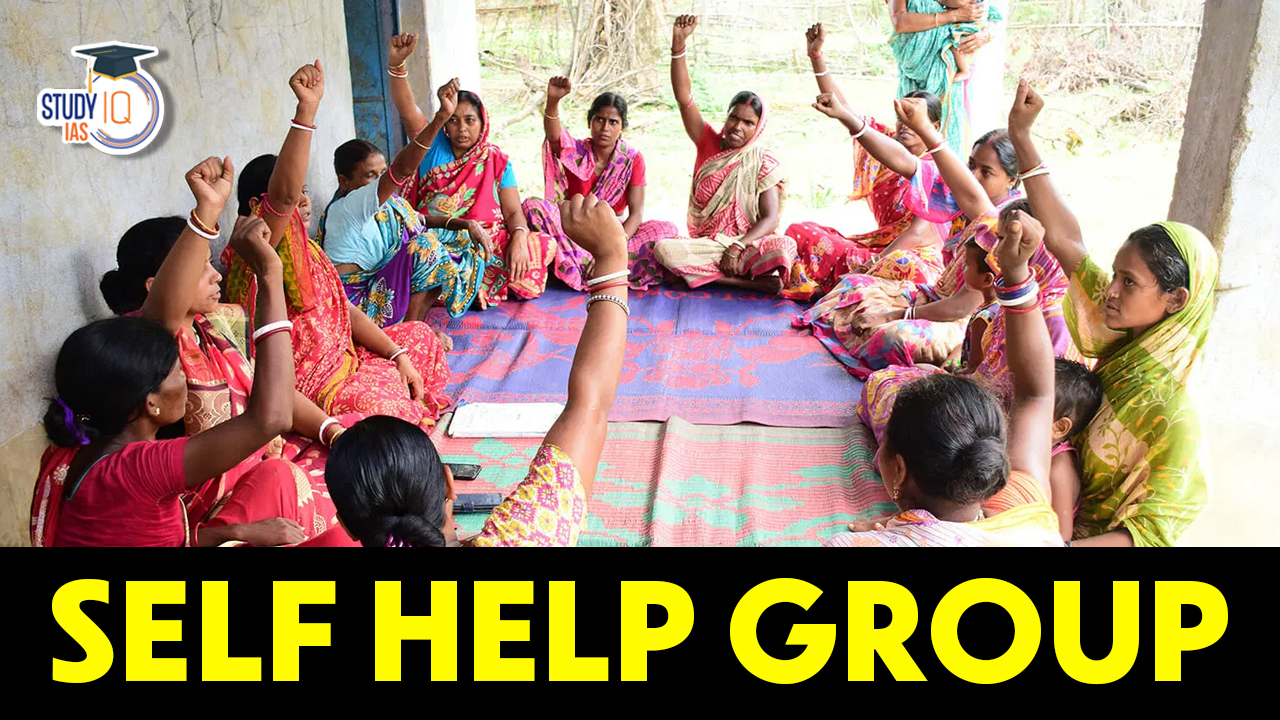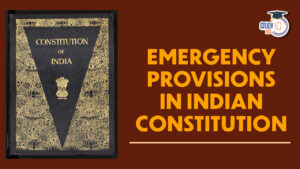Table of Contents
Self Help Group
A Self Help Group (SHG) is an association of 10 to 20 persons from the same community who come together for a specific economic or social benefit. Self-help organisations are typically established to offer financial support to one another. In order to encourage one another and assist one another in the community, self-help groups (SHGs) are formed.
In other terms, SHG stands for self-help group, which is an unofficial association of people who gather together to address social issues. These challenges are widespread ones, such as dowry, child trafficking, child labour, nursing homes, education, and ending poverty, among others. It is not necessary to register or submit voluminous paperwork in order to start a SHG organization.
Self Help Group Meaning
A self-help group is a loose association of people interested in bettering their lives that meet informally to walk together and discuss ideas to improve their living situations. Those that share a similar socioeconomic background and are dedicated to working together to achieve a common objective are referred to as SHGs.
In certain villages, issues including illiteracy, lack of formal education, skill shortages, and poverty still exist. Therefore, group efforts are required to resolve these issues since they cannot be handled separately. Therefore, self-help organisations can be extremely important in helping impoverished and marginalised individuals transform. The SHGs rely on the idea of self-help to reduce poverty and encourage self-employment.
Self Help Group History
The textile labour union in Ahmedabad established a women’s wing in 1954 so that women from families of male employees could learn skills like sewing, knitting, weaving, etc. This was one earlier attempt at self-organization. Ela Bhatt established the Self-Employed Women’s Association (SEWA) to increase the earnings of women who were self-employed who worked as potters, hawkers, weavers, and others in any unorganised field.
NABARD established the SHG bank connection project as a component of the self help group Bank linkage project, which in 1992 grew to be the largest microfinance project in the world. Since 1993, SHGs have been able to open savings bank accounts at participating banks thanks to NABARD and the Reserve Bank of India. Following the introduction of the Swarna Jayanti Gramme Swarojgar Yojana by the Indian government in 2010 to encourage self-employment in rural regions, it changed into the National Rural Livelihoods Mission in 2011.
Self Help Groups Types
In India, a variety of self-help groups are active. The three stages of evolution that all of these SHGs typically go through are –
- Group Formation
- Funding collection
- Increasing the group’s ability to generate income by acquiring the necessary abilities.
To promote the agencies, many self help groups are formed with the help of self-help only. There are many types of self-help promoting agencies-
- SHG federations
- Self-help group entrepreneurs
- Poverty management programs
- Non Government agencies
- Government
- State and commercial banks
- Microfinance institutions
Self Help Groups Functions
Self-help groups’ main goal is to aid the underprivileged and marginalised members of society by giving them access to jobs and other sources of income. A group of individuals may have a leader who can mediate disputes by coming to reasonable, consensus-based conclusions. People who seek a free loan are given it by SHG on the terms and circumstances set by the group, at market rates, together with the necessary loan collateral.
These organisations are jointly responsible for any loans taken out by members from trustworthy lenders. In order to launch their micro unit businesses, the underprivileged segment of society accumulates their savings, deposits them in the bank, and then applies for loans with the lowest possible interest rate. Therefore, it can also be said that Self Help Groups have recently emerged as the most trustworthy method of providing Microfinance services to the poor.
Self Help Groups Objective
The fact that SHGs contribute to reducing poverty by offering financial services is one of the primary and fundamental justifications for their necessity. As the networks of these communities are increasingly recognised as a crucial component of credit linkage in rural areas, the trend of self-help groups is dramatically growing in the village areas.
Along with helping people financially, they also support certain groups within society, such as women, by emancipating them financially and bolstering them to advance as a group. SHGs support the culture of self-employment, which offers numerous benefits like increased access to education and healthcare, as well as effective family planning, among others.
Self Help Groups Importance
Self-Help Groups work cooperatively to overcome wrongdoings like dowry drinking. Women are empowered when leadership qualities are instilled in them through SHGs. Empowered women are more likely to vote and participate in the Gramme Sabha. Self-Help Groups boost women’s self-esteem and status in society through multiplying social and economic gains. These advantages have been proven in this nation and numerous other nations.
SHGs are a vehicle for social justice since involvement in them ensures social justice for the vast majority of programme participants, including the weak and marginalised populations. Because of their priority sector lending rules and return guarantees, banks lend to self help groups. Due to NABARD’s SHG bank connection programme, access to credit has increased and non-institutional sources of credit have decreased. Social audits help make government programmes more effective and anti-corruption.
Additionally, it supports the establishment of micro Enterprises like grocery stores, tool repair shops, tailor shops, etc. Compared to non-participating households, participating households spent more on food, health, and education. Due to SHGs’ focus on empowering women and children through financial inclusion, maternal health, infant mortality, and nutrition have all improved. The Self Help Group aids members in gaining access to official banking services by encouraging and encouraging savings.
Self Help Groups Opportunities
The reduction of rural poverty and SHGs has a direct causal relationship. Self-help groups provide women the courage to take part in family and communal decision-making as well as economic emancipation..
Through various SHGs projects, the underutilised and underused resources of the community can be effectively mobilised. Successful members and directors can be a resource for a variety of programmes that support local community development. SHG members who actively participate in various activities can hone their leadership abilities. Additionally, women who manage Self Help Groups are frequently chosen to represent the panchayat in institutions under the Panchayati Raj or to run for Panchayat Pradhan positions.
Self Help Group Weakness
Even if impoverished people have gained social power, the economic progress has not been enough to significantly improve the quality of their lives. SHGs continue to operate mostly in the primary sector and employ primitive skills.
Due to low worker value contributed and subsistence salaries, it is not uncommon for such activities to result in little to no gains in the income of group members. Due to a lack of resources and skilled mentors, it is challenging for rural communities to learn new skills or upgrade their current ones. Another flaw in self-help groups is improper financial appropriation and shoddy accounting procedures.
The SHGs heavily rely on sponsored organisations and governmental entities to accomplish their objectives. The dissolution of such organisations can occasionally be brought about by the government authorities ceasing to offer support.
Self Help Group Challenges
Members of SHGs are unable to select lucrative and practical means of subsistence due to a lack of information and direction. Due to societal commitments and patriarchal social norms that give women few opportunity for economic advancement, SHG participation is impeded.
There is a lack of rural banking infrastructure despite the fact that there are over 6 lakh villages and about 1.2 lakh bank branches. The high prices of the services deter public sector banks and microfinance organisations from helping the poor financially. The ability of the Self Help Groups to continue operating and provide governmental services has been strongly debated.
The SHGs base their operations on member trust and faith in one another. Few Self Help Groups are able to maintain and improve their standards as they transition from microfinance to micro entrepreneurship.
Self Help Group UPSC
Women are more concerned with their liberty, rights, and freedom in this age of liberalism, privatisation, and globalisation than males are, but they continue to lack these things. As a result, they should be granted their rightful liberties and liberties with dignity.
The economic and social advancement of women from rural social strata is greatly aided by SHGs. Additionally; a variety of SHGs can be used to accomplish government activities. This will increase efficiency and transparency while moving our society closer to Mahatma Gandhi’s ideal of “self-governance.”


 Indian Secularism: Constitutional Provis...
Indian Secularism: Constitutional Provis...
 India Mediation Campaign, Objectives, Pr...
India Mediation Campaign, Objectives, Pr...
 Emergency Provisions in Indian Constitut...
Emergency Provisions in Indian Constitut...





















